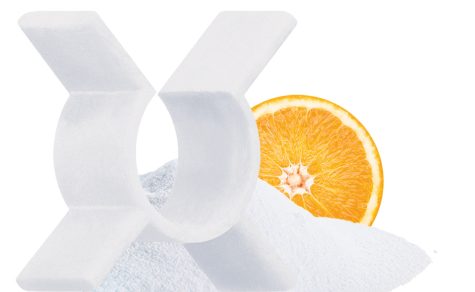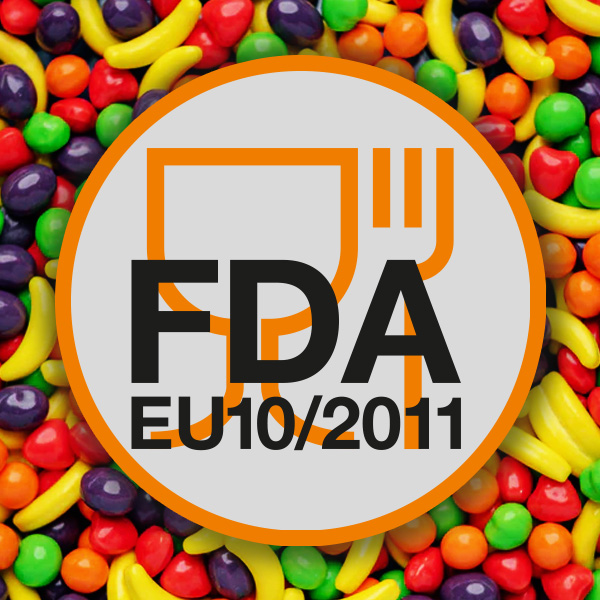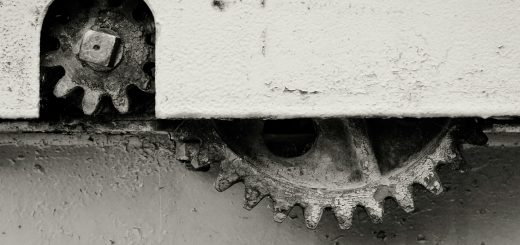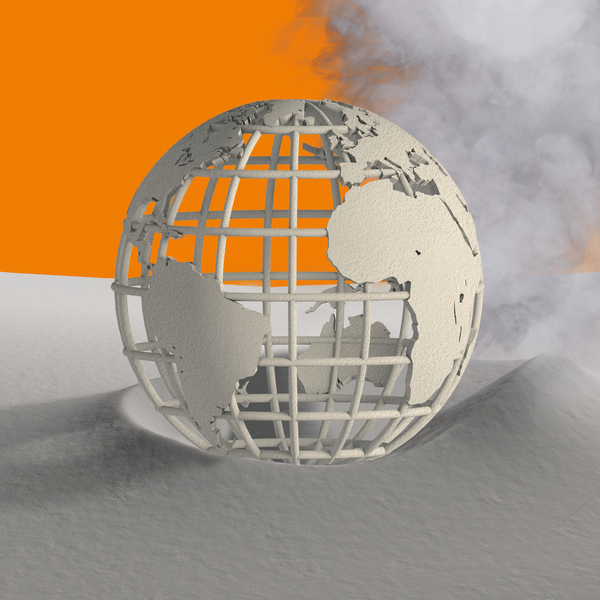How do I get FDA compliant components 3D printed?
A number of companies are advertising food-safe materials, and more and more are offering materials for the food industry. But with increased public scrutiny regarding the impact of plastics that are in direct contact with food and how this can potentially affect consumers’ health, it is vital that igus get this right.

What exactly does food grade mean?
On the European market, EU Directive 10/2011 regulates the food conformity of plastics. The standard deals with the requirements for plastic materials and objects intended to come into contact with food. The materials are tested under extremely adverse conditions but conditions that can be realistically anticipated. This involves a risk assessment regarding the toxicity and possible migration of plastic elements or chemicals to the foodstuff. A migration limit specifies the maximum amount of a substance that may reach the foodstuff.
The right conditions for printing food-safe components
How can you 3D print a component that meets the requirements of EU 10/2011?
Here are a few tips on correct filament storage, printer maintenance and cleaning, and printer settings before printing. Our experience with our tribo-filament iglidur I150-PF serves as the basis for these tips. To certify this and other food-compliant tribo-filaments, printed components are subject to the described migration tests by a testing laboratory.
The material should be stored in a dry place and protected from environmental impacts. In addition, it should be taken out of the packaging, protected from dust and it is essential that it is dried before printing.

Drying prevents moisture contained in the filament from degrading the material and promoting air pockets when melting in the nozzle. This ensures that the surface finish and quality remain the same. A good rule of thumb is a drying temperature that does not exceed the maximum application temperature of the plastic but also does not damage the plastic reel. Drying of the filament is possible in a drying air oven specially designed for this purpose but can also be done in a standard household fan oven.
Another important requirement is regular maintenance and cleaning of the printer: All parts that come into contact with the filament should be free of residues. This specifically includes the extruder sprocket and the pressure nozzle. The desktop 3D printer manufacturer Ultimaker provides some cleaning routines for its devices that can also be applied to other devices. In addition to the sprocket and nozzle, a clean print bed is also essential; we recommend using a cleaned glass plate and either no adhesive or a food-grade adhesive.
Setting up the 3D printer correctly
The print settings should be selected in the slicing software so that the surface of the object is as tight as possible. This is achieved by lowering the printing speed and adapting the line width to the nozzle diameter. This allows unevenness in the component surface and reduces gaps in the cover layers. Before and during printing, the material must also be protected from dust, which is why a closed installation space is recommended.
Furthermore, we advise against producing food grade components in multi-material printing together with other, non-food grade materials, as mixing of the materials cannot be completely ruled out. As such, the support material should either be food grade or the same material should be used as support material.
Food grade 3D printing at igus
With the tips mentioned here, we have been able to achieve food conformity according to EU 10/2011, with a variety of filaments. In doing so, we have also achieved food compliance for the manufactured 3D printed component, which is significant compared to other food-compliant 3D printed materials.



